The City on 2 Continents (2)
As I explained in my blog last week we had seven days to get to know Istanbul better. We took one of those hop-on hop-off bus tours on our first day there. If you want to get an overall picture of what a city looks like, this is an excellent way to do it. The tour guide also gives valuable information and you can then decide what you really want to see and what to give a miss.
The historic part of Istanbul, and probably the most touristic as well, is the Sultanahmet district. Here you’ll find many attractions including the Hagia Sophia, the Blue Mosque, the Topkapi Palace, different museums, the Grand Bazaar and many more. This was our first port of call.
Hagia Sophia
The Hagia Sophia is one of the oldest buildings in the world. It is an important monument for both the Byzantine and Ottoman Empires. First is was an Orthodox Church for 900 years until the city was taken over by the Ottomans and it became a Grand Mosque.
Since 1935 however, it has been converted into a museum and became an UNESCO world heritage site in 1985. And apparently only the Pantheon in Rome has a slightly bigger dome than the Hagia Sophia – in the world that is. Pretty impressive building with so much history to be found there.
The Blue Mosque
Just opposite it lies the Blue Mosque more than 1000 years younger. The Blue Mosque or Sultan Ahmet Mosque as called by the Turkish people, was built between 1609 and 1619 with six minarets and blue tiles on its pillars, hence the name.
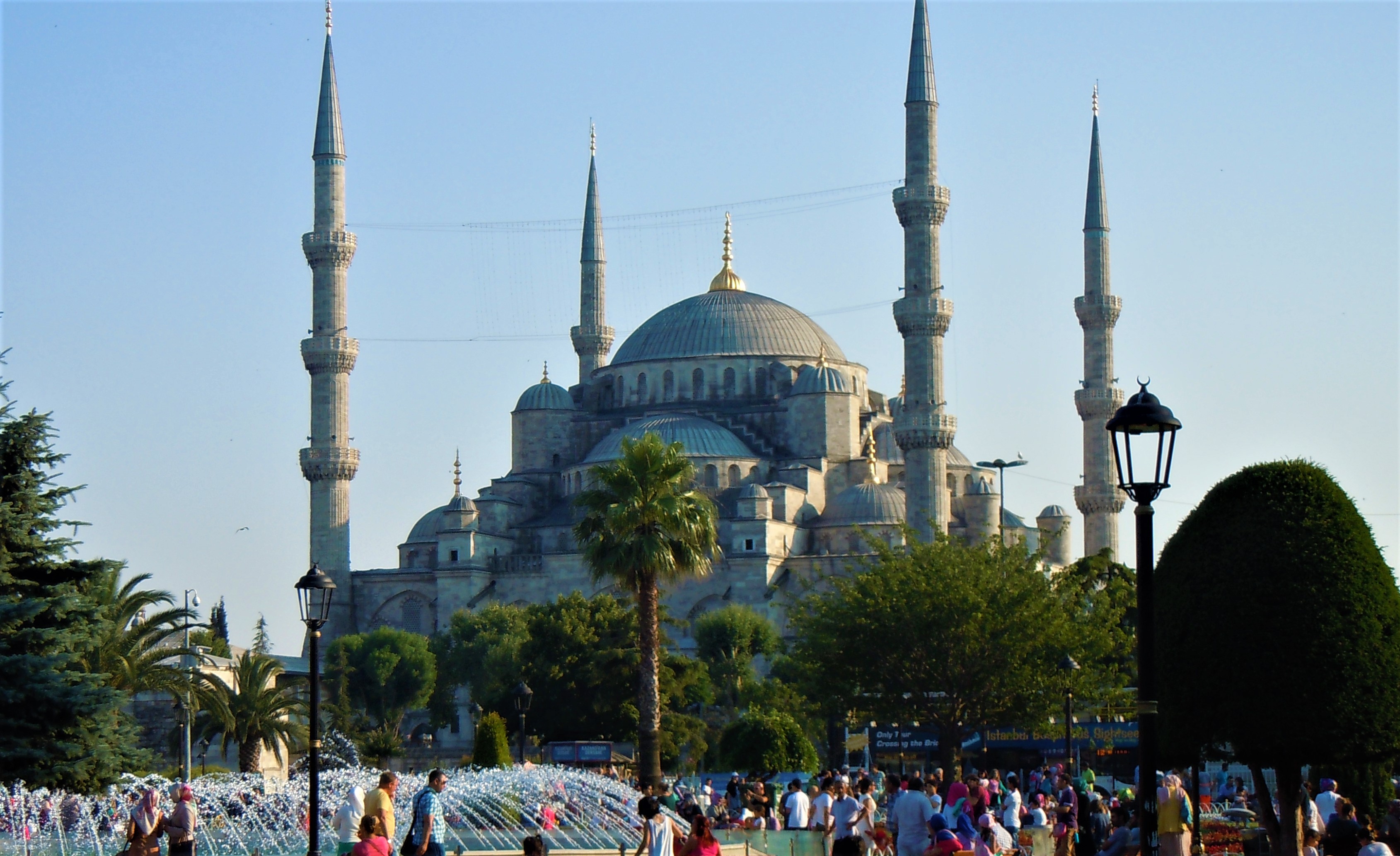
According to a story many moons ago, ancient sailors recall that when the ships would sail past this mosque – on the Marmara Sea – the blue of the sea would reflect on the mosque, that is why it was called the Blue Mosque. One won’t be able to experience that anymore with so many high buildings between the sea and the mosque these days.
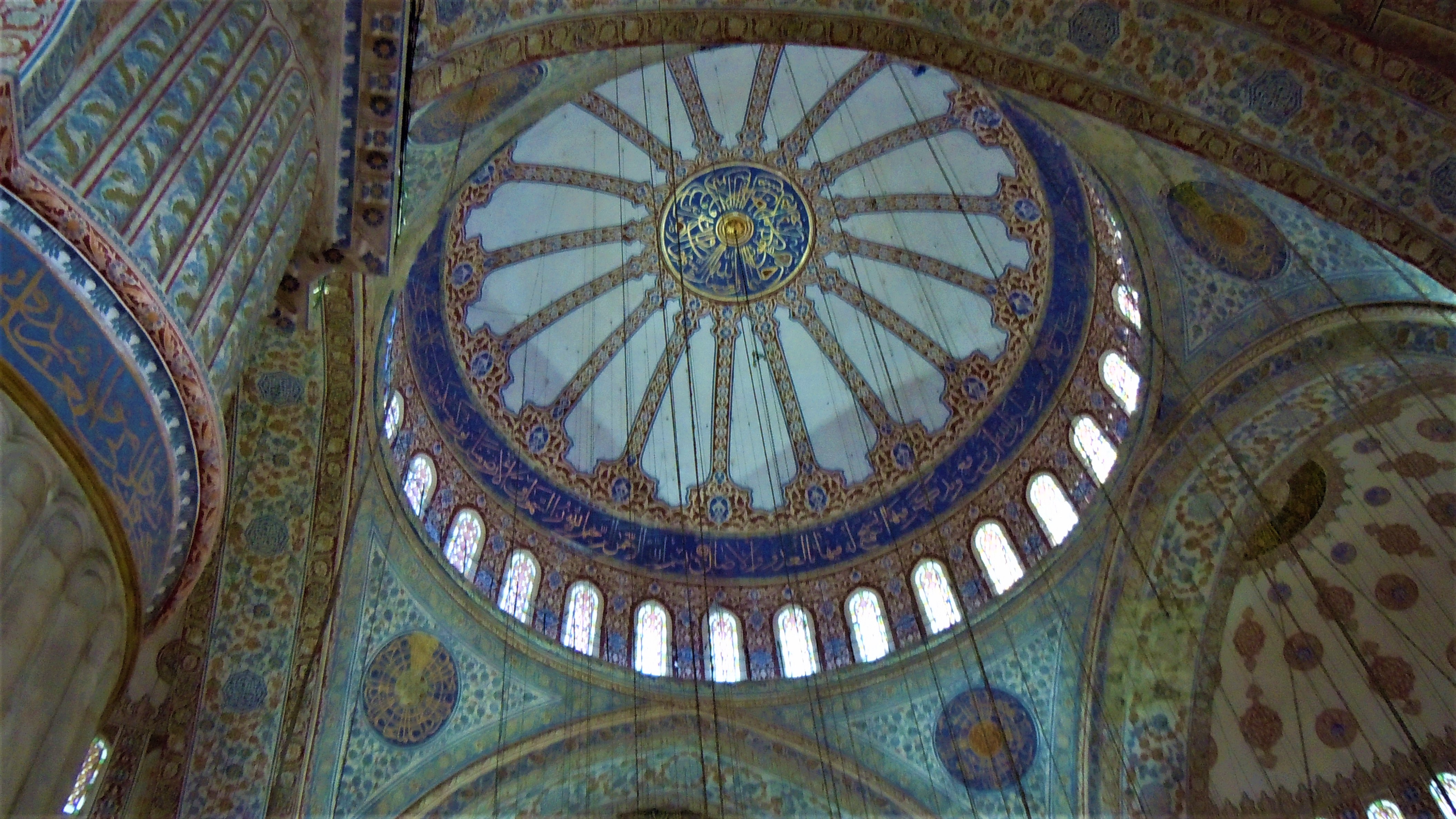
The blue tiles though are really striking on the pillars, but also when you lift your eyes up to the domes. It is still an active building so it is closed to visitors during prayer time.
The Basilican Cistern
This ancient city with its natural beauty, the beautiful monuments, mosques, churches and historical sites that developed over centuries gives Istanbul its compelling seductiveness which many find irresistible, not only tourists but also directors. Maybe that is why so many movies have scenes shot in this historic city.
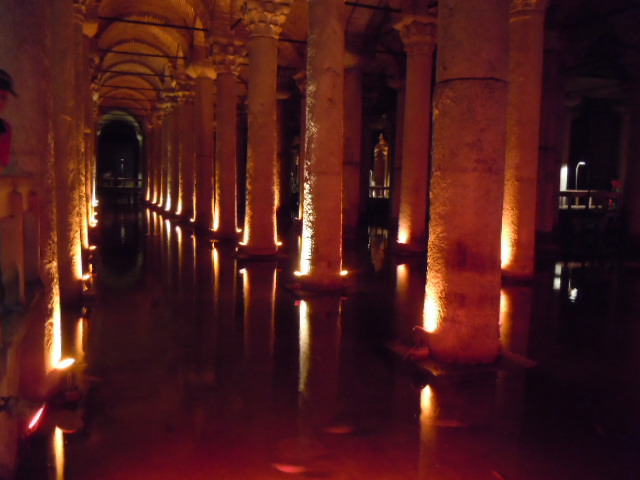
At least one of these movies also had some moments in the Basilican Cistern. This enormous underground cistern (or reservoir) was built during the Byzantine era when Emperor Justinian (527-565) ruled. It is the largest of several hundred ancient underground cisterns that lie beneath the city of Istanbul.
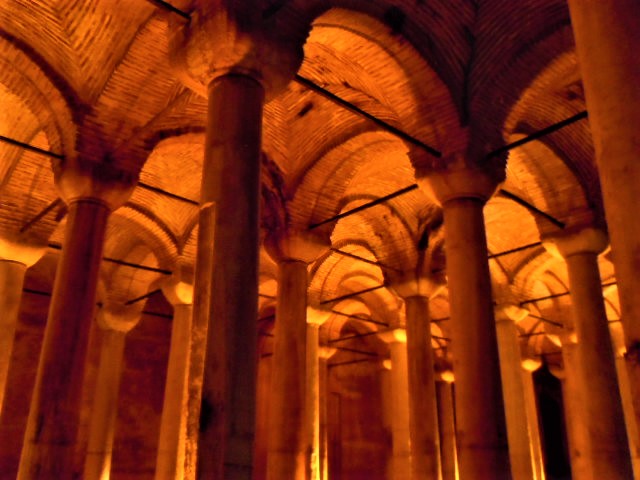
Once you’ve descended the 55 steps, it feels if you’re walking into a cathedral, with 9 metre high columns spaced out over an area of 9800m². There are 28 columns spread over 12 rows, a total of 336 columns. Some of the columns are solid marble, made in the Corinthian or Doric style. The cistern had the capacity to store 100 000 tons of water. When it was still in use water was carried from different springs through aqueducts to be stored in this cistern under the city. So water was then available in the city.
In the cistern you’ll also notice two Medusa heads used as bases of columns. They are actually masterpieces of sculpture art from the Roman Period. It is unsure where these pieces of art came from. Researchers in general believe they were brought to the cistern to be simply used as column bases, a practical reason.
But, maybe not …. there are many myths about Medusa.
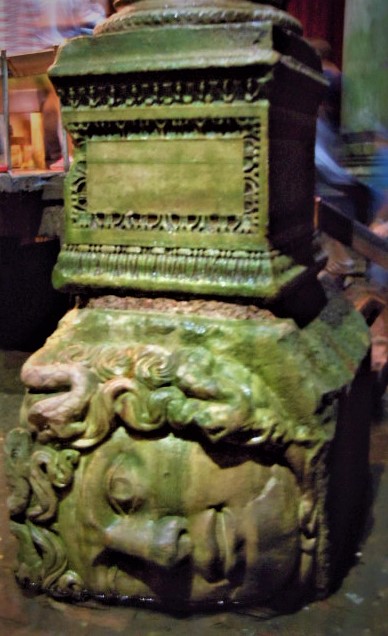
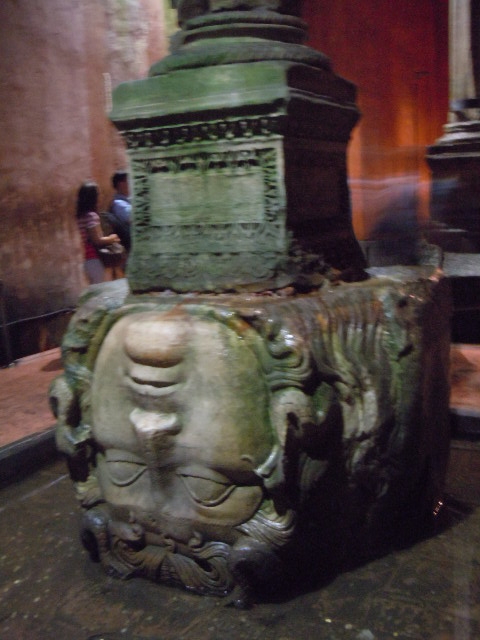
Next week I’ll finish this blog series with something on the islands we visited.
Can’t wait to travel again.


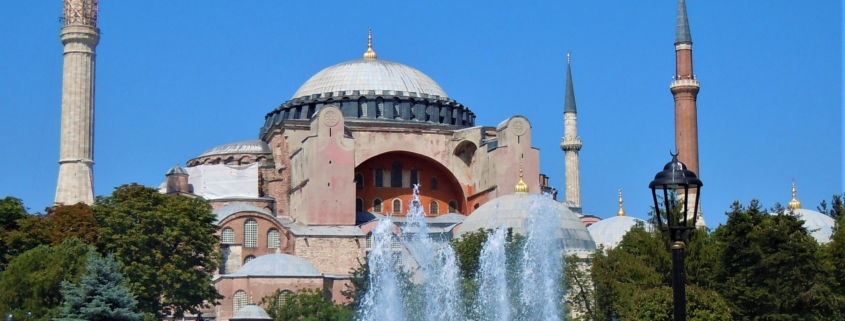
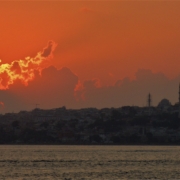
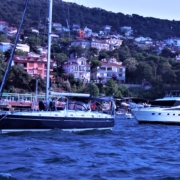
Trackbacks & Pingbacks
[…] city on 2 continents – Istanbul – we’re going to the beach. We’ve done the historical and cultural sides of this ancient city already, although there is so much more to see and learn, […]
Leave a Reply
Want to join the discussion?Feel free to contribute!